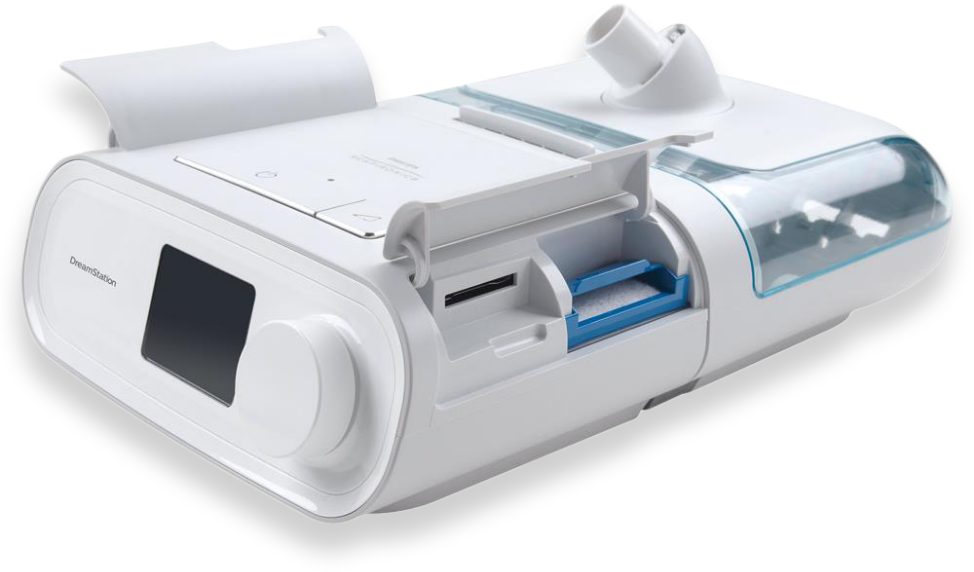Best Practices On How To Clean Your CPAP Machine
When you first get your sleep apnea prescription and start on CPAP therapy, you should have received instructions on how to clean your CPAP machine as well as how regularly it needs to be done. If you have forgotten or would simply like to make sure you are doing it right, read on to find out the best practices on keeping your CPAP machine clean.
Benefits of Cleaning Your CPAP Machine
The air that circulates through your CPAP machine may be filtered and humidified, however it is important to also keep the physical parts of the machine clean. Below are some potential problems that can be avoided when you clean your machine regularly:
- Bacterial formation
- Mold growth
- Musty or foul smelling odors
- Allergy symptoms
- Sinus irritation
- Prematurely shortening the lifespan of the machine or its parts
How Often Should You Clean?
Your physician or CPAP provider may have specified how often you need to clean your CPAP machine for it to work in optimal condition. Some people like to clean the mask, water chamber and tubing daily. If that seems too excessive to you, a weekly cleaning is recommended at the very least.
Cleaning Your CPAP Machine
If you have an upper respiratory infection, your CPAP machine should definitely be cleaned daily. Furthermore, CPAP machines and any of their parts should not be shared between users as you run the risk of transmitting diseases. Below are some tips to follow when cleaning your CPAP machine:
- Clean your CPAP more frequently if you are sick or have just recovered from an illness.
- When in doubt, always follow the advice of your physician or CPAP provider.
- Do not wash your CPAP machine or any of its parts in a dishwasher or washing machine.
- Never use harsh chemicals or perfumes to clean your CPAP machine. Only gentle soap should be used. In addition, only distilled water should be used in the humidifier to prevent minerals from accumulating in the water chamber.
How do you go about cleaning your CPAP machine? Below are some simple steps to follow:
- Before doing anything else, always unplug your CPAP machine from its power source to prevent electric shock.
- Detach the different components of your CPAP machine such as the mask, tubing, headgear, humidifier and water chamber.
- Wipe the external surface of your machine with a damp cloth.
- Soak the individual parts in water and dishwashing liquid and leave for approximately 30 minutes.
- Allow them to air dry.
Get CPAP Cleaners and Sanitizers from Patient Solutions
Are you looking for an automated CPAP cleaning and sanitizing solution? If so, you will love the SoClean 2 cleaner and sanitizer we stock at Patient Solutions. Killing 99.9% of the germs in your mask and tubing, it does not make use of harsh chemicals, making it the perfect choice for CPAP users. If you have any questions about our products or would like some recommendations, please feel free to contact us.

